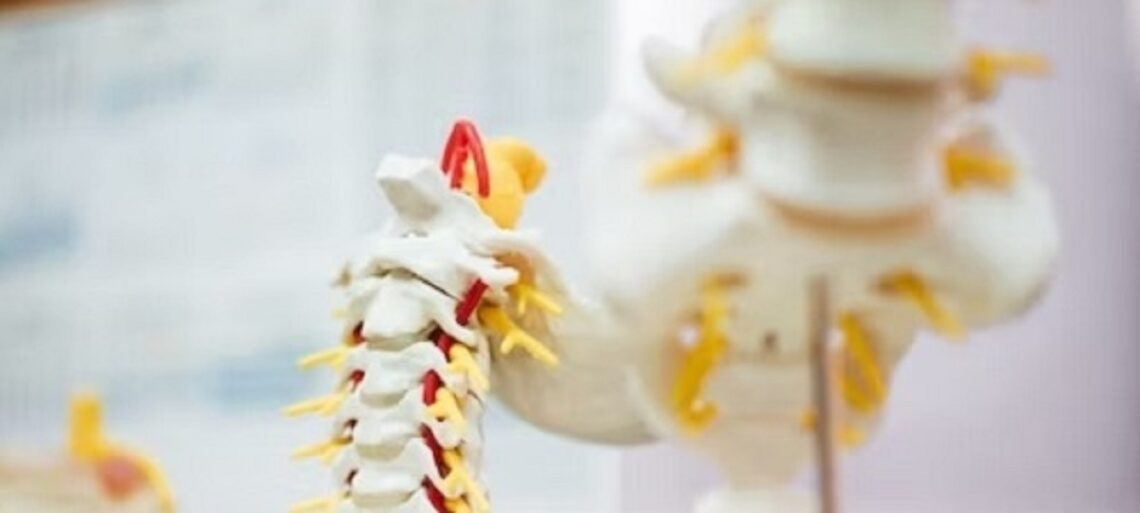
What are the Final Stages of Spinal Stenosis
Spinal stenosis develops as the spinal canal becomes more constrained and puts pressure on the spinal cord and nerves. It is a prevalent disease that mostly affects those over 50. A few of the signs of spinal stenosis include back pain, limb pain, and numbness or paralysis in the legs. The various stages of spinal stenosis each have their own set of symptoms and treatment options.
What is Spinal Stenosis?
Narrowing of the spinal canal is a symptom of spinal stenosis. Numerous symptoms may result from this narrowing, which may put pressure on the spinal cord and the nerves that pass through it. Age-related degeneration, ruptured discs, and spinal traumas are only a few of the causes of spinal stenosis.
Stages of Spinal Stenosis

There are four stages of spinal stenosis, and each stage has different symptoms and treatment options. The stages are:
Stage 1 – Early Spinal Stenosis
During stage 1, the narrowing of the spinal canal is minor, and symptoms are usually mild or non-existent. At this stage, the condition may not even be noticeable. The severity of the symptoms might, however, increase as the illness worsens.
Stage 2 – Moderate Spinal Stenosis
During stage 2, the narrowing of the spinal canal is more significant, and symptoms are more noticeable. Legs, buttocks, and lower back pain, numbness, and weakness may be experienced by patients. They may also experience difficulty walking or standing for long periods.
Stage 3 – Severe Spinal Stenosis
During stage 3, the narrowing of the spinal canal is severe, and symptoms are debilitating. Legs, buttocks, and lower back pain, numbness, and weakness may be experienced by patients. They may also experience difficulty standing or walking, and may even need a wheelchair to get around.
Stage 4 – Final Stages of Spinal Stenosis
During stage 4, the spinal canal is severely narrowed, and symptoms are at their worst. Patients may feel discomfort, numbness, and weakness in their lower back, buttocks, and legs. They may also experience incontinence, which is the loss of control over bowel or bladder function. At this stage, surgery may be necessary to alleviate the symptoms.
Spinal Stenosis Treatment
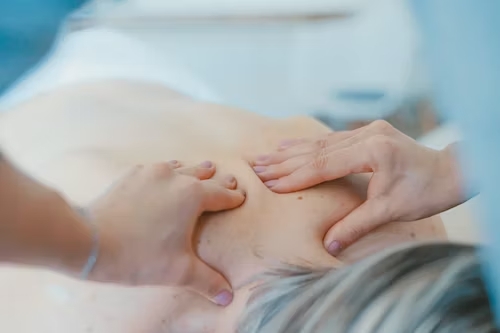
The severity of the condition will determine the course of treatment for spinal stenosis. Physical therapy or painkillers may be used as a simple kind of treatment in the early stages. Surgery, however, might be required in the later stages to relieve the symptoms.
Spinal Stenosis Surgery
In order to ease the symptoms in the latter stages of spinal stenosis, surgery may be necessary. There are several surgical options, including as laminectomy, laminotomy, and spinal fusion. Your doctor will choose the best course of action based on your specific needs and the severity of your condition.
Causes of Spinal Stenosis
Several causes, including the following, can lead to spinal stenosis:
- Osteoarthritis: The most frequent reason for spinal stenosis is this. The cartilage that cushions our joints starts to deteriorate as we age, which can cause bone spurs and other changes that can make the spinal canal smaller.
- Herniated Discs: A herniated disc occurs when the soft, jelly-like material inside the disc leaks out and puts pressure on the spinal cord or nerves.
- Spinal Injuries: Traumatic injuries to the spine can cause spinal stenosis.
- Congenital Abnormalities: Some people are born with a narrow spinal canal, which can lead to spinal stenosis later in life.
Symptoms of Spinal Stenosis

Depending on where the narrowing is and how severe it is, the symptoms of spinal stenosis might change. Typical signs include:
- Pain in the back, legs, or buttocks
- Numbness or tingling in the legs or feet
- Weakness in the legs or feet
- Walking or standing for long periods of time without difficulty
- A severe loss of bladder or bowel control
Non-Surgical Treatment Options
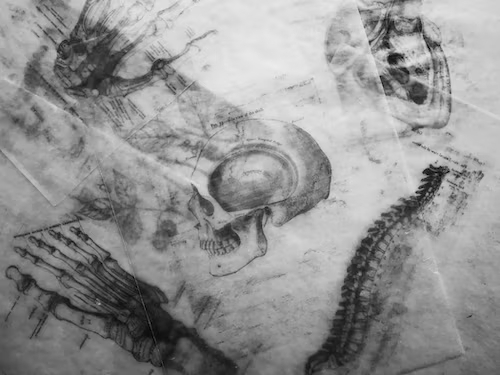
If you are identified as having spinal stenosis, your doctor could suggest non-surgical solutions like:
- Medications: Over-the-counter pain relievers or prescription medications may be recommended to alleviate pain and inflammation.
- Physical Therapy: Stretching, strengthening, and low-impact aerobic exercises can help alleviate symptoms and improve mobility.
- Steroid Injections: Injections of corticosteroids can help reduce inflammation and relieve pain.
Exercises for Spinal Stenosis
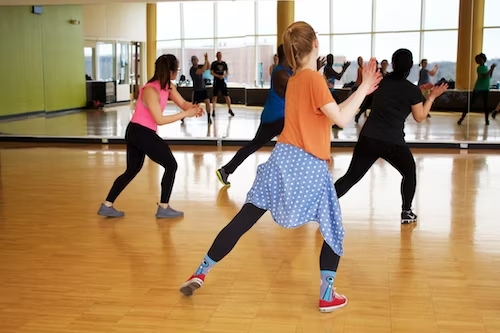
A good non-surgical approach for treating spinal stenosis is exercise. To strengthen and stretch the muscles that support your spine, your doctor or physical therapist may recommend the following exercises:
- Pelvic Tilt: Knees bent and feet flat on the floor, lie on your back. Tighten your abdominal muscles and tilt your pelvis towards your chest, holding for 5 seconds before releasing.
- Hamstring Stretch: Lie on your back with your legs straight. Loop a towel or strap around your foot and gently pull your leg towards your chest, holding for 30 seconds before releasing.
- Hip Flexor Stretch: Kneel on one knee with the other foot in front of you. Gently push your hips forward until you feel a stretch in your hip flexor, holding for 30 seconds before releasing.
- Bridging: Lie on your back with your knees bent and feet flat on the floor. Lift your hips towards the ceiling, squeezing your glutes and thighs, holding for 5 seconds before lowering.
Final Stages of Spinal Stenosis
In the final stages of spinal stenosis, the narrowing of the spinal canal can cause severe symptoms and complications, such as:
- Paralysis: If the spinal cord is severely compressed, it can lead to paralysis.
- Incontinence: In severe cases, spinal stenosis can cause loss of bladder or bowel control.
- Difficulty Breathing: If the spinal cord is compressed at the upper levels of the spine, it can cause difficulty breathing.
Prevention of Spinal Stenosis
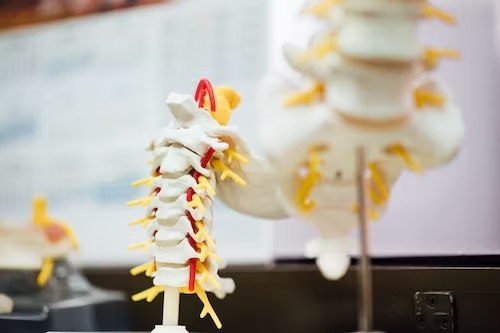
Although age and genetics are two risk factors for spinal stenosis that cannot be changed, there are steps you can take to lower your risk, such as:
- Maintaining a healthy weight: Excess weight can put pressure on your spine, leading to damage and narrowing of the spinal canal.
- Practicing good posture: Poor posture can put extra stress on your spine, leading to damage and narrowing of the spinal canal.
- Staying active: Regular exercise can help keep your spine strong and flexible, reducing your risk of spinal stenosis.
Frequently Asked Questions
Can spinal stenosis be cured?
Spinal stenosis cannot be cured, but its symptoms can be managed effectively through various treatments.
Is surgery always necessary for spinal stenosis?
No, surgery is not always necessary. It depends on the severity of the condition and the individual's response to conservative treatments.
Can spinal stenosis lead to paralysis?
In extremely rare cases, severe spinal stenosis left untreated could lead to paralysis, but this is highly uncommon.
How can I prevent spinal stenosis from progressing?
Maintaining a healthy lifestyle, regular exercise, and following your doctor's recommendations can slow down the progression of spinal stenosis.
Are there any new treatments on the horizon for spinal stenosis?
Research into spinal stenosis is ongoing, and there may be promising new treatments in the future. It's essential to stay informed through medical professionals.




